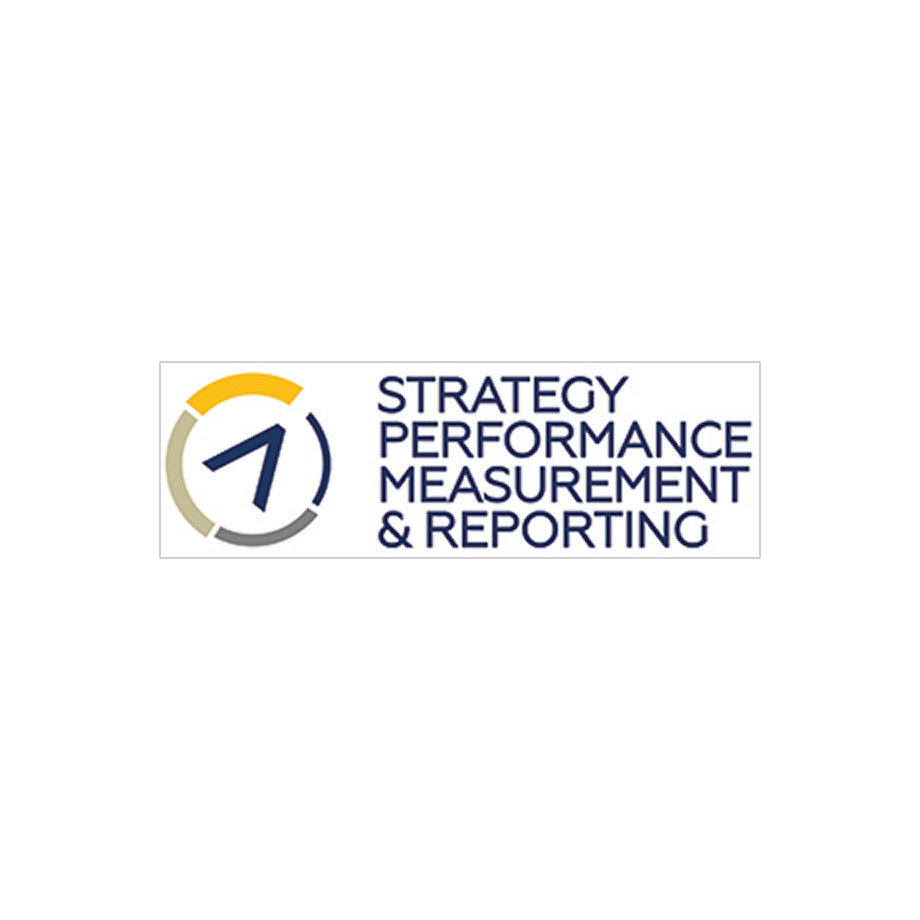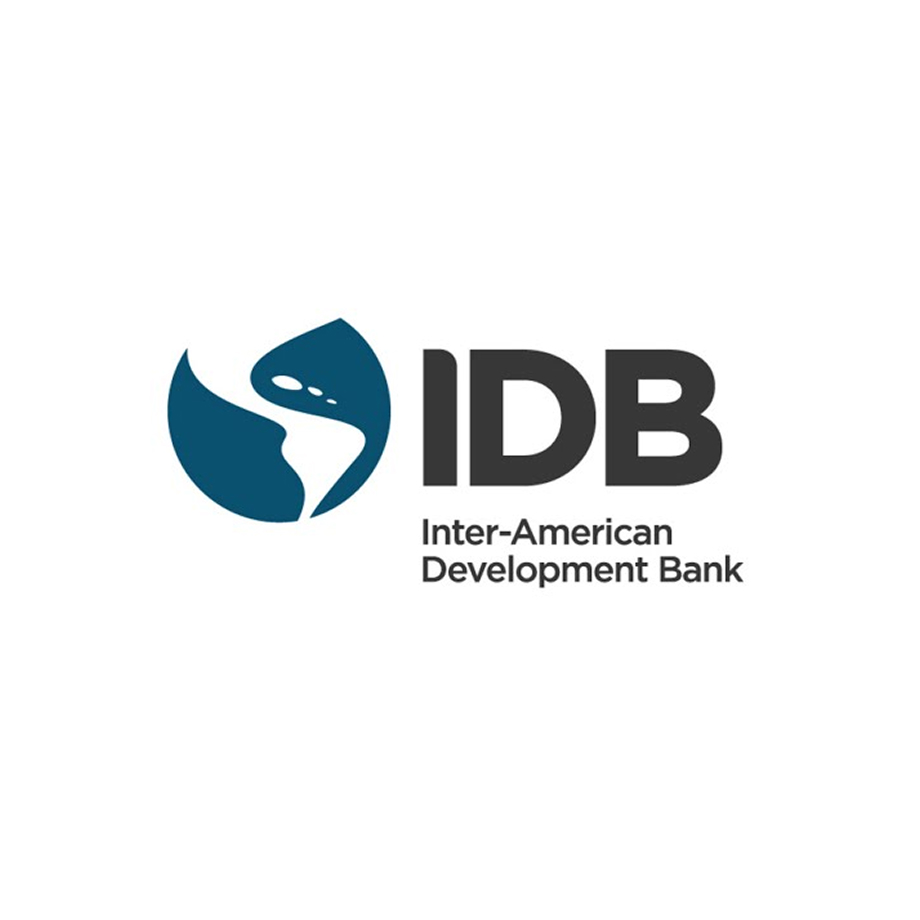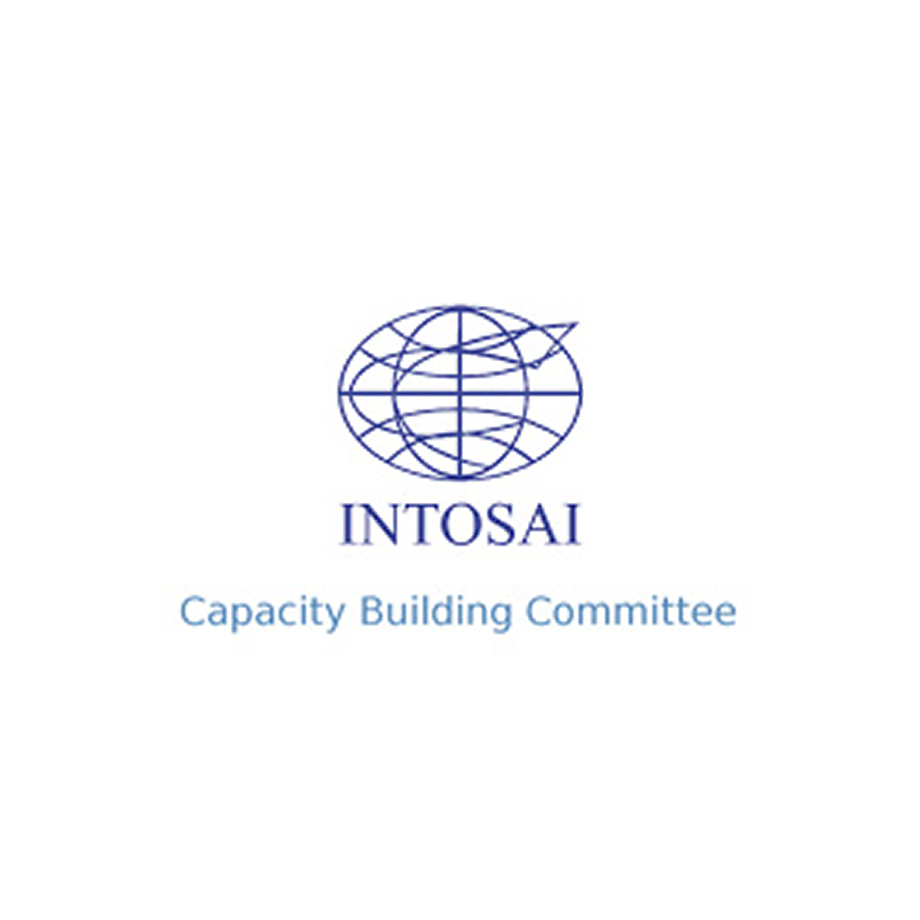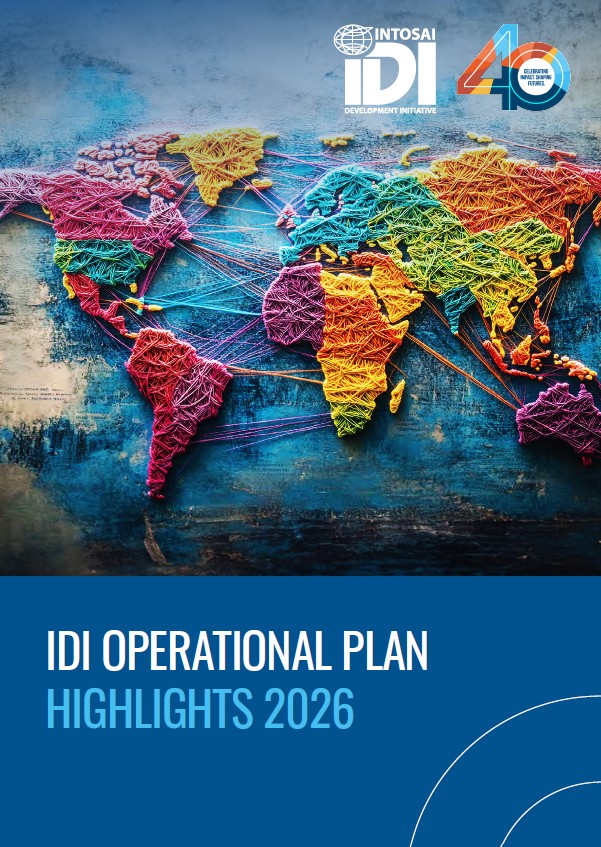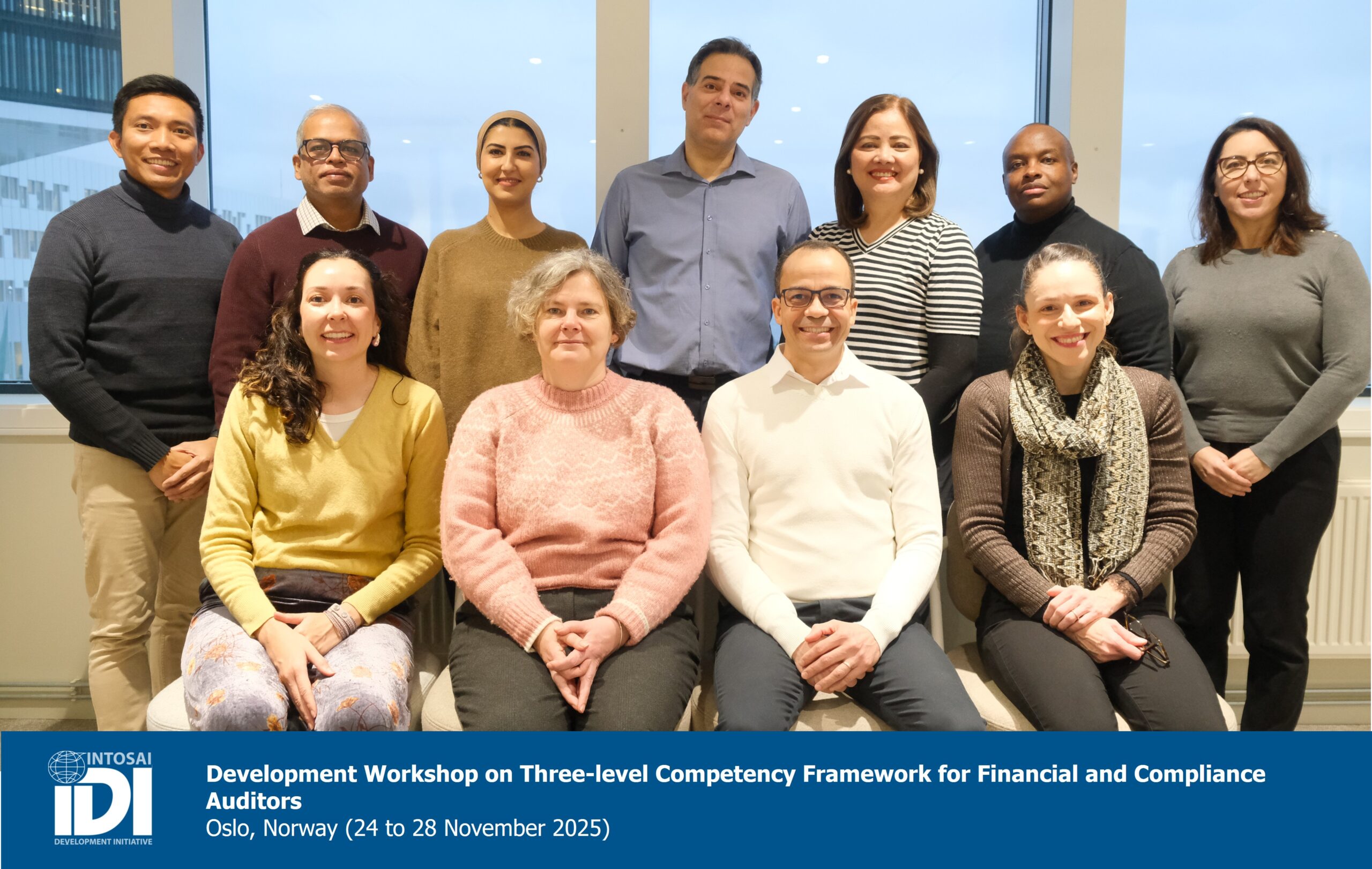Costa Rica – Setting the ground for success through SAI PMF
In 2014, SAI Costa Rica became one of the pioneers of applying the SAI PMF methodology. Their findings then fed into a series of capacity development projects.
The projects targeted improvements in the auditing process, including stronger alignment to the ISSAIs, a sharpened risk-based selection approach, and changes to the audit training plans. The SAI also focused on better internal and external communication and started preparing an annual evaluation of the government’s internal control system. Through these changes, the SAI improved its image and role as a model institution, which adds value to public sector efficiency, transparency and accountability. The 2014 assessment also served as a crucial input to further develop the SAI PMF tool.
In 2019, the Head of the SAI, Ms Marta Acosta Zuniga, commissioned the team to carry out a repeat assessment using the final approved 2016 version of the SAI PMF framework.
Comparing the findings with the situation observed in 2014 revealed that the SAI had made significant progress in many of the initially identified areas of improvement, and particularly in the audit and human resource areas. The SAI demonstrated how each Costa Rican colón (CRC) invested in its audit work resulted in 2,30 CRC of public finance efficiency gains, through savings and recoveries to the value and benefit of Costa Rican citizens.
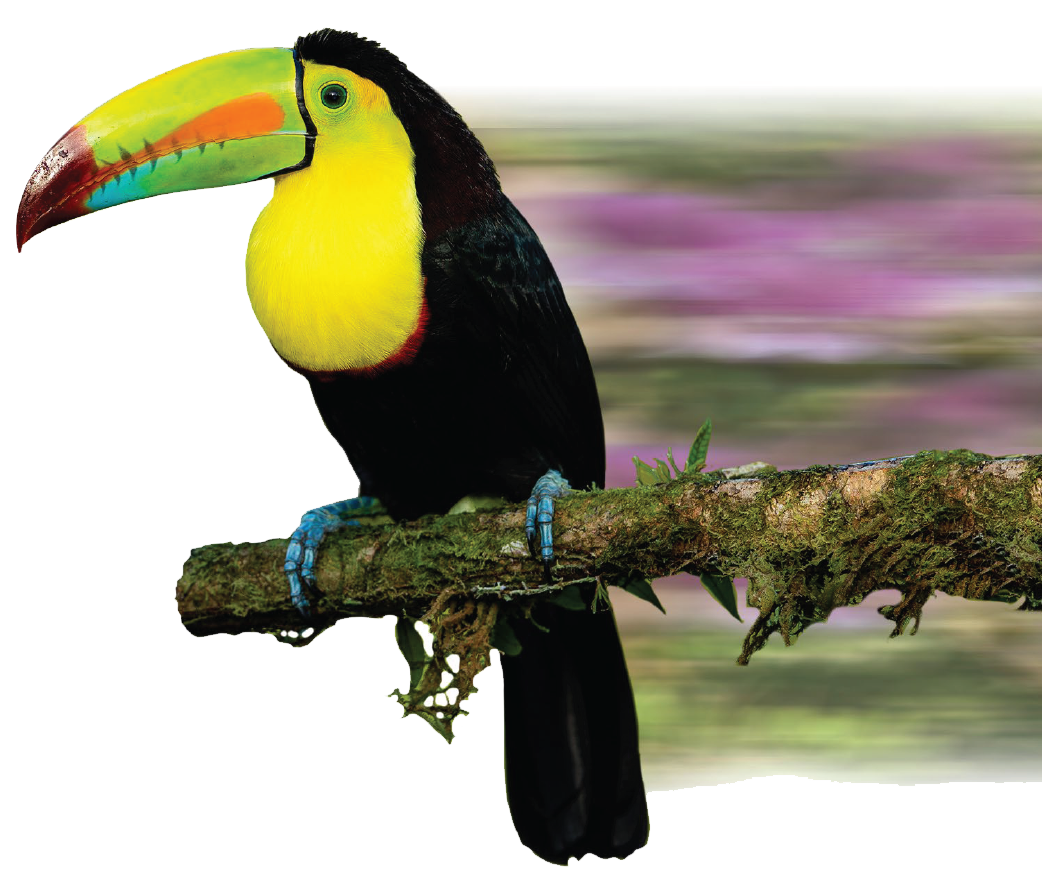
Among those was the need for further refinements in the audit methodology, the lack of specialised knowledge in some emerging areas such as big-data audits and public sector innovation, and internal communication and technology in support of the audit process. The SAI subsequently joined IDI’s Strategy, Performance Measurement and Reporting (SPMR) initiative, which builds on the SAI PMF findings to support SAIs in developing robust strategic management processes. The new strategic plan of the SAI developed under SPMR underscores the SAI’s role in supporting digitalisation in the public sector, which has become a critical priority in the context of the COVID-19 pandemic.
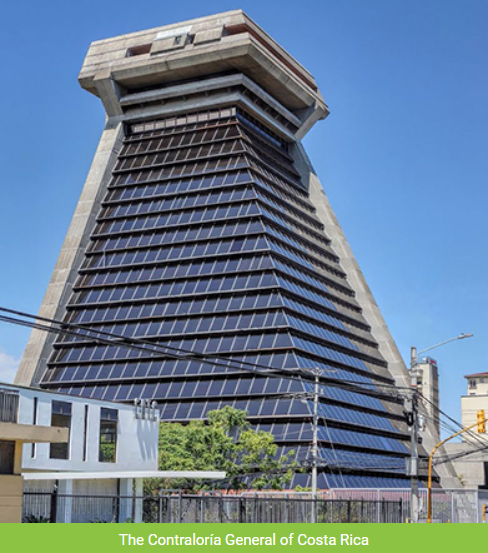
In fact, the SAI of Costa Rica was just the second SAI worldwide to do a repeat assessment.
The changes between the pilot and the final versions of the SAI PMF framework meant that comparing performance for the different indicators was not always possible. The Costa Rican SAI PMF team undertook a detailed mapping and analysis to assess comparability between the SAI PMF versions, which fed into the design of the official repeat assessment methodology by IDI in 2020.
The Costa Rica assessment also uses five custom-designed performance indicators related to its special functions to investigate public service officials’ liability and carry out ex-ante audits. This was the first time a SAI developed unique indicators, which the SAI PMF methodology foresees as a possibility to reflect the diversity of SAI practices. Both innovations had a strong resonance amongst the other SAIs of the OLACEFS region that were embarking on a repeat SAI PMF assessment and so were adapted by various other SAI PMF assessment teams. Both assessments were also peer-reviewed by the SAI of Brazil, with the financial support o f the Inter-American Development Bank.

The publication has clearly demonstrated that even when the assessment reveals some shortcomings, the SAI can use the opportunity to reflect in the publication on how it has begun to, or will address the findings. In the words of the Head of the SAI Costa Rica, Ms Marta Acosta Zuniga:
We have become stronger in enforcing government transparency and promoting efficiency in public services, generating savings that benefit our society and preventing corruption.
The role of the SAI of Costa Rica as a supporter and forerunner of SAI PMF has been impressive.
From testing the pilot version, through methodological work, to publishing both assessments and showing how SAI PMF results feed into strategic planning and support performance improvements and a meaningful contribution to the public sector, the Costa Rican example shows how experimentation and innovation start internally, only to spill over to the national and even regional levels.
The SPMR initiative is co-funded by the Swiss State Secretariat for Economic Affairs, SECO

